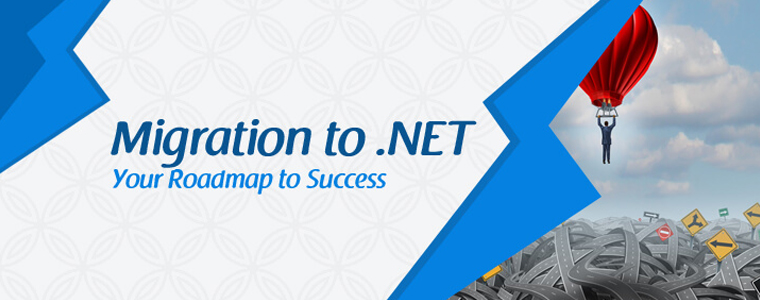
By Imran Salahuddin | Published on May 11th, 2016 | Last updated on July 14th, 2021 |
Updates in browsers and other applications can leave your currently running VFP applications crippled. It is inevitable that Visual FoxPro Applications are to be migrated to the .NET Framework. A seamless migration requires knowing where to begin and identifying key milestones.
A successful conversion project starts with an in-depth Analysis of the existing application. A well-executed Analysis is a conversion half-done. This phase requires legacy VFP experts, who are proficient in both programming and analysis. If you are fortunate enough to have the original VFP programmers on staff means you have saved the asset. The original developer quickly provides an excellent overview of the application, business rules, project structure, database design, configuration and application coding standards. Unfortunately, we have found many companies have lost the original developer/company to support existing application. An initial assessment of your application is possible with Macrosoft’s FoxPro Code Matrix. This easy to use utility enables users to quickly analyze your Visual FoxPro application statistics to generate a summary report.
After analysis and documentation of your current VFP application, you will have a clear idea on what you want to achieve. Important questions to answer include:
Answers to these questions are the foundation for a clear path allowing: the framework to be designed accordingly; developing a list of functional requirements for the new framework and applications; deciding the migration strategy, incremental by module or as a whole application; and agreeing on the development model for the coding.
The deliverables are created during the design phase act as the project guideline. The next phase is to program it onto the new platform. This requires a combination of programming skills and the ability to understand the logic provided. The team is headed by a technical project manager that orchestrates this phase and is responsible for achieving milestones. Follow defined coding standards and documentation is a best practice. Use industry standard architecture technique, take advantage of 4GL language benefit of true Object Oriented approaches, this will allow for better ongoing support and maintenance. The objective is to have a well-written code that is easy to understand by any programmer. There are tools that check for the best practices and alert you when there is a violation.
The testing phase is one of the most important steps in migration roadmap. The code produced by the programmers must be vigorously tested to check for design, run-time, and logical errors. Testing needs to account for every possible variation. Manual testing is the conventional method and many follow due to the uniqueness of the applications but automated testing enables tests to be rerun before new deployment. It is important to test the application side by side on same data set to evaluate all test results and reports outputs. Testers need to think creatively and explore every possible outcome in a particular situation and perform both performance and regression test.
The last, but not the least phase lets the project sponsors and stakeholders know that you have migrated the application. A new application may require new hardware and operating system. Make sure you advise network department to arrange all necessary hardware on time. Set up all 3rd party software license and compatibility and necessary security setting on the server. We advise to setup application training workshop before moving users to the new system and run both new and legacy application parallel for 2-4 weeks. Ideally, put some training videos online for reference and new employees to jump start acceptance.
Once complete, it’s essential to have post-deployment support so that you don’t run into any unforeseen problems. A long-term maintenance contract will also be worthy of incorporating the updates hassle-free.
So, would you like to analyze your FoxPro Application for Free? This is your chance to join the 21st century. Simply download the VFP analyzer and start your analysis today.